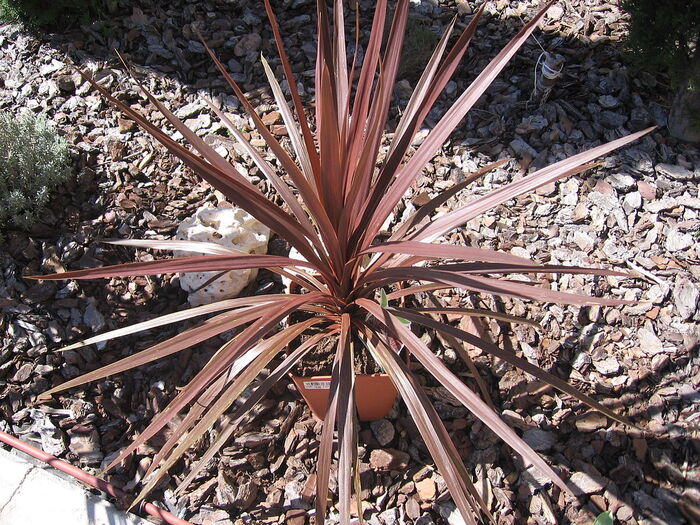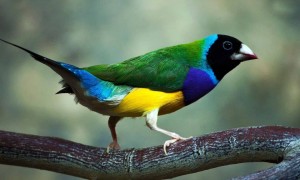Exotic plants and herbs are something that can help you add some extra spice to your day-to-day experience. So, if you long for exotic lands and you have some spare space in your garden, this article is for you. Let’s learn a little more about quick growing tropical plants, as well as the best ways to take care of them.

Best Plants and Herbs to Grow in Exotic Gardens
To create an exotic sanctuary in your home or garden, you need to first choose the best tropical plants. This style of planting is famous for its rich colors, bold leaves, and interestingly shaped exotic tropical flowers. Some of our top exotic plants include Fatsia Japonica, Tree Fern, Cordyline, Aeonium, and Pineapple Flower.

Fatsia Japonica is probably the best tropic plant to start with when you aim at adding an instant jungle vibe to your garden. Its leaves remain green all year long.

On the other hand, Fern Trees need additional care. However, they are worth the investment of time and resources because they make a stunning garden feature.
Cordyline is a great option if you want an evergreen palm-like small tree you can plant in a pot. Nevertheless, make sure you take proper care of your plants, especially while they are young.

Next, Aeonium is the perfect choice for anyone who wants to add a dramatic look to their surroundings. These plants stand out with their exotic appearance. To thrive, they need enough sun, as well as well-drained, gritty soil.

Last, but not least, Pineapple Flowers are intriguing flower spikes known for their tiny flowers and the interesting tuft of dark purple leaves. It is nice that these plants are borderline hardy and can be planted around April-May.

In addition to plants, you can also consider growing exotic herbs. Some of the most common ones are Italian parsley, lavender, lime thyme, rosemary, allspice, kaffir lime, lemongrass, blue lotus, and marjoram.

Tips for Growing Exotic Flower Seeds and Plants
If we had to outline two main factors that play a vital role in growing exotic plants, they would be soil and fertilizer. To grow exotic herbs and flowers in cooler climes, you need to provide them with porous and loose soil like they’re used to. It is easier to grow tropic plants in pots, yet make sure you find a potting mix containing wood fines and compost. Most exotic plants need soil that drains fast.

When it comes to fertilizer, take note that tropical plants have lots of foliage. This is why they need a lot of nutrients and regular fertilization. To take proper care of your exotic plants, buy a slow-release fertilizer and supplement it with occasional liquid feedings.



























